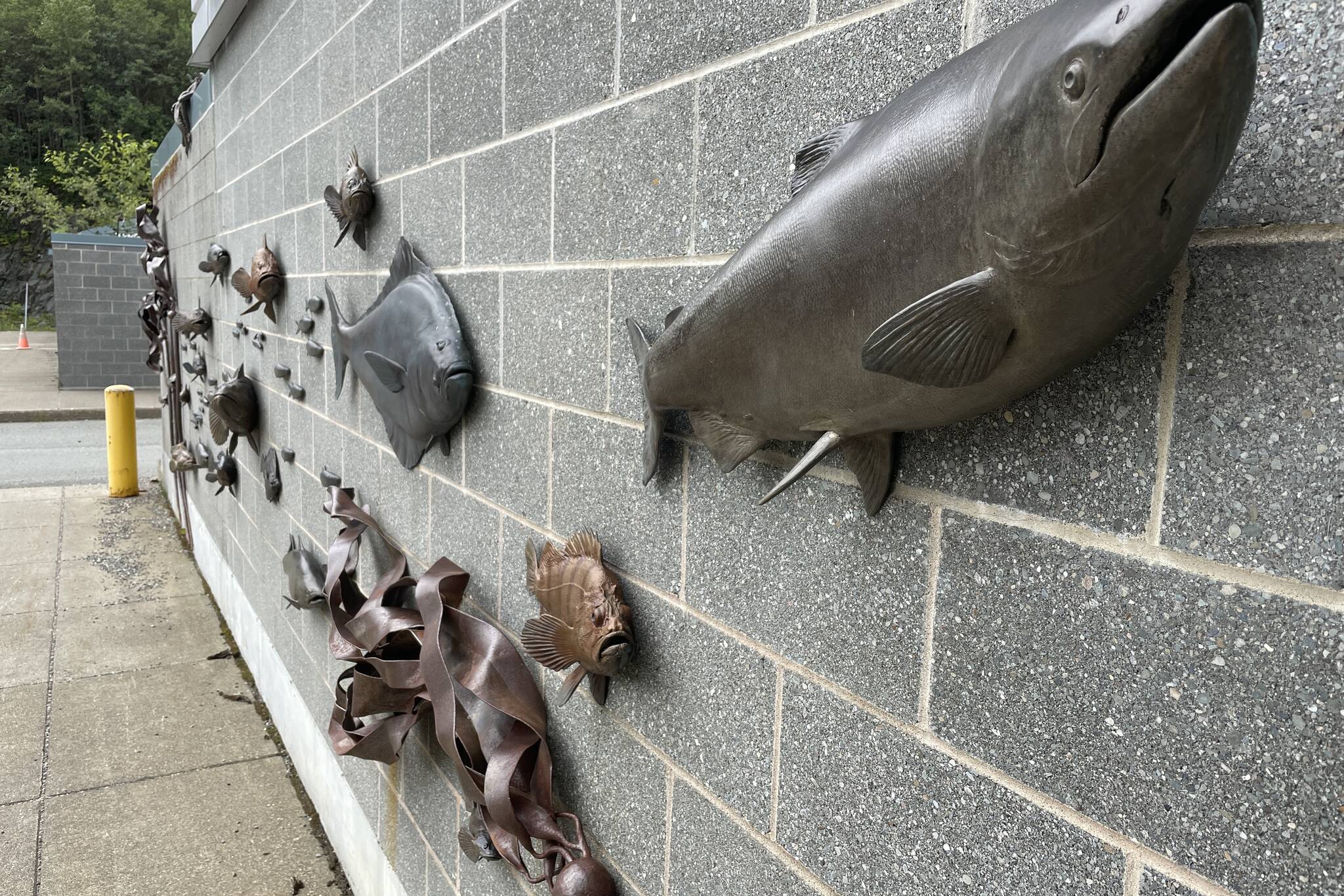Alaska is a massively maritime state, from its fishing fleets to the volume of sea trade that passes through its vast, chilly expanse of ocean.
Now, a new master of marine policy program offered by the University of Alaska Fairbanks will aim at students who are navigating to study the complex web of interactions that shape the maritime world.
“I’ve been working on it since 2006. That was when I was recruited to this position as the Ted Stevens Professor of Marine Policy,” said Keith Criddle in an interview at the UAF campus at the National Atmospheric and Oceanic Administration’s Lena Point research campus. “It’s taken years to set the groundwork.”
Difficult economic times for the university and the state have throttled the development of the program since the mid 2000s, Criddle said. UA President Pat Pitney and UAS Chancellor Karen Carey were influential in getting the program started in earnest in late 2020, Criddle said, as he took development from theoretical to real.
“I’m really excited about this program. I think there’s a great need for students to get this training especially with climate change,” Carey said in a phone interview. “We’re much smaller than Fairbanks. They have a lot more expertise up there. Doing it as a joint program makes a lot of sense.”
The marine policy program will be the second joint program between UAF and UAS, Carey said, following an undergrad fisheries program.
“They saw that they wanted to make the program something that was joint between UAF and Southeast,” Criddle said. “It’s been something the regents have been pushing for for a long time.”
A degree for Alaska’s blue economy
From the U.S. Coast Guard to subsistence fishing, from the commercial fisheries to maritime trade, from the cruise ships to mariculture, Alaska is inextricably tied to the vast ocean in a way few other places are, if any.
“Our oceans and rivers go places our roads don’t, and carry things we can’t afford to ship by plane,” Criddle said. “We’re hugely connected to the marine realm.”
Incorporating Indigenous perspectives and students is a key part of the program, Carey said.
“We’re going to work hard to get our Alaska Native students involved with this program,” Carey said. “We want them to be involved in this and have a chance to shape future policy according to their own tradition and culture. We’re hoping it’ll be a combination of western science and incorporating the Alaska Native perspective.”
The program can be completed remotely, and would take about a year at full-time pace. Criddle said he anticipates that many professionals working for organizations like the Alaska Department of Fish and Game or the Coast Guard would be interested.
“I don’t know how many (students) are going to end up in class at the fall. Some are clearly considering the spring,” Criddle said. “It’s got a bunch of excitement out there. About half the people who have been in contact with me are part of ADFG.”
Broad support
A number of organizations have spoken up supporting the creation of the program, Criddle said, including the fish and game, Coast Guard District 17, NOAA, the Alaska Seafood Marketing Institute, the Pacific Seafood Processors Association, the Juneau Economic Development Council and the McKinley Research Group. All of these organizations are very different, Criddle, but marine policy has bearing on all their existences, and students will be able to tailor their degree as they want.
“Because of the range of courses and the number of cooperating programs, it’s possible for students to tailor this in a whole lot of directions,” Criddle said. “There are whole different paths that you can write for what your degree looks like.”
Marine policy analysts will be able to find positions in government and commercial organizations across Alaska, Criddle said, supporting the statewide links to the sea.
“It just takes time. There wasn’t a set group that was looking to develop it. We’ve been stronger in the state in the life sciences and earth sciences than the policy realm,” Criddle said. “I think most of them are going to stay in state. I think our graduate program in fisheries is an example of this. I think 80% of our fisheries graduates are staying in-state.”
Fishing vessels operating out of Alaska catch 50-60% of all fish in the United States, Criddle said. Standing alone, Alaska is between the world’s sixth and eighth largest fishery, depending on the year, Criddle said. The marine policy masters would allow students to explore that relationship with the sea.
“It is absolutely not too late to apply,” Criddle said.
For those wishing to know more about the program, Criddle said he was available at kcriddle@alaska.edu
• Contact reporter Michael S. Lockett at 757-621-1197 or mlockett@juneauempire.com.

